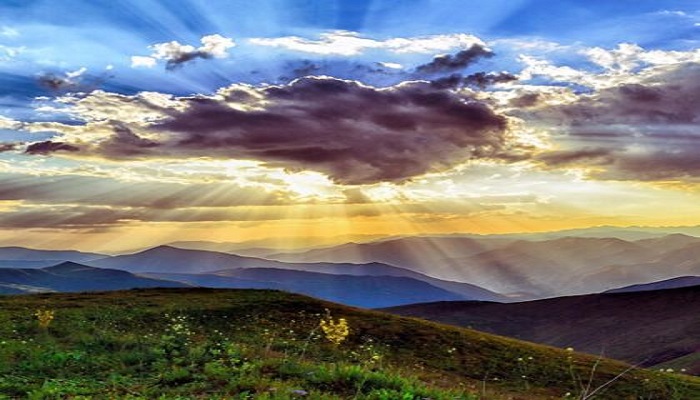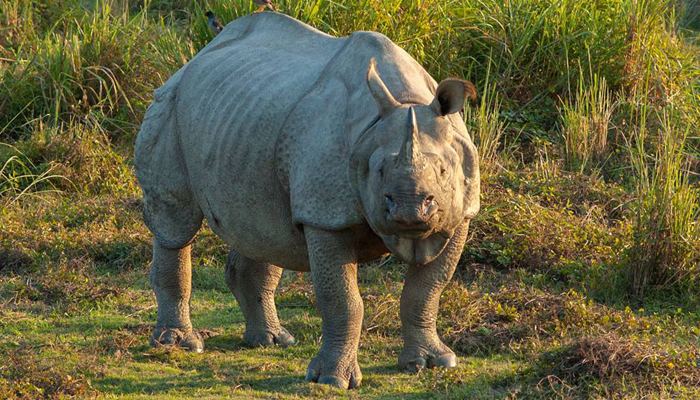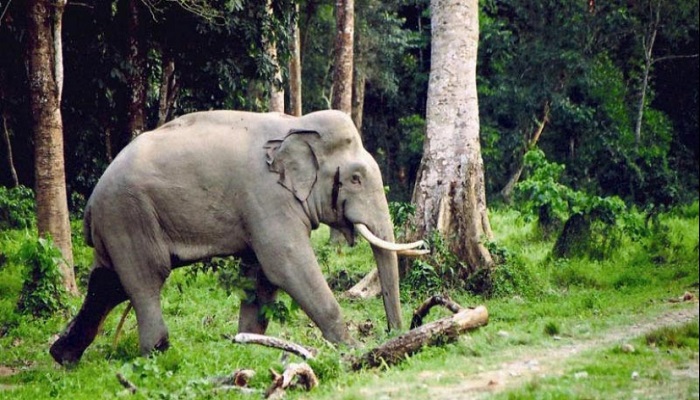Description
Gorumara-Kalimpong-Darjeeling Itinerary: 7 Days/6 Nights
Day 1: Pickup and transfer to Dhupjhora/Murti
On arrival, get your car for check-in to our resort in Dhupjhora/Murti. After lunch, visit Suntalekhola, Samsing & Rocky Island.
Overnight at our resort in Dhupjhora/Murti.
Day 2: In Gorumara
In the morning take a safari inside the Gorumara national park. As you pass through the dense forests you may come across a herd of elephants/Bisons crossing your way. The watchtower beside the Forest rest house gives a panoramic view of the park and the Murti Valley. The most common animals in the area are one-horned Indian rhino, elephant, Indian bison (gaur), leopards (Chitabagh), python, Malayan giant squirrel, and deer as they regularly come to the salt reservoir just below the tower. Drive to Chapramari wildlife sanctuary (30kms) via Murti. Inside the Chapramari forests, there is a small pond, where mostly the elephants and the Indian bison come to drink water. The forest rest house inside gives a magnificent view of the pond surrounded by forests. Return to your resort.
After breakfast, visit Jhalong, Bindu, and Paren
Overnight at the resort in Dhupjhora/Murti.
Day 3: Dhupjhora/Murti to Kalimpong
After breakfast, drive to Kalimpong via Lava town (130km). The drive goes through a series of tea gardens, river valleys, and many small picturesque hillside villages. Stop at Lava to enjoy the breathtaking landscape that surrounds you. Lava is one of the most picturesque rural towns in the Darjeeling Himalayas, situated at an altitude of 6890ft. You may also wish to visit Lava Monastery and continue your drive to Kalimpong through the pine forests. This evening, stroll through the township of Kalimpong, once an important trading center between Bhutan, Sikkim & Tibet.
Overnight in Kalimpong.
Day 4: Around Kalimpong
After breakfast, visit Durpin Dara for amazing views of the plains, and nearby you can visit ZangDog Palri Fo-Brang Gompa temple. Drive up to Deolo hill for a bird’s eye view of Kalimpong town. On a clear day, you can also see a magnificent view of Mt. Kanchendzonga from these viewpoints. Later visit the flower nurseries, Dr.Graham’s Homes, a well-respected boarding school built in the 1900s. Visit Trongsa gompa or Bhutanese monastery and more time for a stroll in the bazaar.
Overnight in Kalimpong.
Day 5: Kalimpong to Darjeeling
After breakfast, travel to Darjeeling through picturesque tea gardens, especially the one at Peshok. Along the way, among other stops, stop at Triveni viewpoint, to see the view of the confluence of Teesta and Rangeet rivers at a point that is known as Lover’s Meet.
Upon arrival in Darjeeling, check into our hotel. After high tea in the evening, stroll around Chowrasta Mall.
Overnight in Darjeeling.
Day 6: Sightseeing in Darjeeling
Early this morning (before dawn), drive to Tiger Hill (14 km) to get a magnificent view of the sunrise over Mt. Kanchenjunga and other peaks of the eastern Himalayas. On your way back to the hotel visit Yiga choeling monastery at Ghoom built in the year 1850 – the oldest in the town.
After breakfast, take a toy train up to Ghoom. Later visit Padmaja Naidu zoological park, known for its successful breeding of snow leopards and some other Himalayan species. Nearby visit is the Everest museum at the Himalayan mountaineering institute, followed by a visit to the Tibetan refugee self-help center. In the evening, explore the local markets at Darjeeling and visit tea shops.
Overnight in Darjeeling.
Day 7: Drop for onward destination
What You Should Know About Dooars
The Dooars or Duars are the foothills of the eastern Himalayas in North-East India around Bhutan. Duar means ‘door’ and the region forms the gateway to Bhutan from India. There are 18 passages or gateways through which the Bhutanese people can communicate with the people living on the plains. This region is divided by the Sankosh River into the Eastern and the Western Dooars. The Western Dooars is known as the Bengal Dooars and the Eastern Dooars as the Assam Dooars. Dooars are synonymous with the term Terai used in Nepal and northern India and form the only nitrate-rich plain in India.
The Dooars region politically constitutes the plains of Darjeeling Himalayas, the whole of Jalpaiguri district, and the Alipurduar district. The altitude of the Dooars area ranges from 90 to 1,750 m. Innumerable streams and rivers flow through these fertile plains from the mountains of Bhutan. The major river is the Teesta besides many others like the Jaldhaka, Murti, Torsa, Sankosh, Dyna, Karatoya, Raidak, and Kaljani rivers, among others. Monsoon generally starts from the middle of May and continues till the end of September. Winters are cold with foggy mornings and nights. Summer is mild and constitutes a very short period of the year. Dooars is the ideal place in Bengal for monsoon traveling.
The economy of Dooars is based on three “T”s – Tea, Tourism, and Timber. The main industry of the Dooars region is the tea industry. Thousands of people are engaged in the tea estates and factories. Several people are also engaged in the cultivation of betel nuts which contributes to the economy. Cultivation of other crops is done mainly for local consumption.
The area is dotted by several national parks and wildlife sanctuaries which attract a lot of tourists from all over India and abroad, making it an important contributor to the economy and also the employer of a number of people. The timber industry flourishes in this region. A number of sawmills, plywood industries, and other allied businesses also act as important contributors to the economy.
Dooars act as a doorway to Bhutan; thus, the export-import industry also flourishes in the area. The towns of Jaigaon, Siliguri, and Phuntsholing are important hubs of the export-import industry.
Contact Us for more details.







